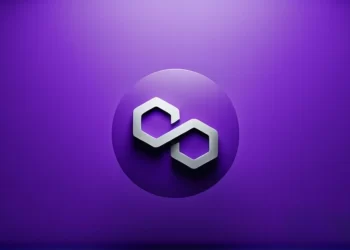The Ultimate Ethereum Guide: Exploring Technology, Applications, and Market Analysis
Introduction:
Ethereum, the second-largest cryptocurrency by market capitalization, is a decentralized platform that enables developers to build and deploy smart contracts and decentralized applications (DApps). In this comprehensive guide, we delve into the intricacies of Ethereum, from its foundational technology to its real-world applications and market dynamics.
1. Understanding Ethereum Technology:
Ethereum operates on a blockchain-based platform that utilizes a decentralized network of nodes to execute and validate transactions. Smart contracts, self-executing contracts with the terms of the agreement directly written into code, are a cornerstone of Ethereum’s functionality. These contracts enable the creation of decentralized applications, facilitating various use cases beyond simple value transfer.
2. Exploring Ethereum Applications:
The versatility of Ethereum extends beyond cryptocurrency transactions. DApps built on the Ethereum platform span a wide range of industries, including finance, gaming, supply chain management, and decentralized finance (DeFi). Examples of popular Ethereum-based applications include Uniswap, a decentralized exchange; Aave, a decentralized lending protocol; and CryptoKitties, a blockchain-based virtual pet game.
3. Ethereum Market Analysis:
Ethereum’s market dynamics are influenced by factors such as demand for decentralized applications, network usage, developer activity, and market sentiment. As of [current date], Ethereum’s market capitalization stands at [current market cap], with a circulating supply of [current circulating supply] ETH. Price fluctuations are common in the cryptocurrency market, driven by factors such as macroeconomic trends, regulatory developments, and technological advancements.

Market Trends in Ethereum:
a. Ethereum’s role in decentralized finance (DeFi) has driven market growth, with much of its value locked in DeFi protocols.
b. The NFT craze has bolstered Ethereum’s market activity, given its role as the primary NFT infrastructure.
c. Scalability challenges have spurred the development of layer 2 solutions like rollups and sidechains.
d. Institutional interest in Ethereum is rising, evident in investments and Ethereum-focused products.
e. Regulatory developments shape Ethereum’s trajectory, with clarity crucial for investor confidence.
5. Ethereum’s Role in Decentralized Finance (DeFi):
Decentralized finance, or DeFi, represents a growing sector within the Ethereum ecosystem. DeFi protocols aim to recreate traditional financial services in a decentralized manner, enabling users to access lending, borrowing, trading, and other financial services without intermediaries. Ethereum’s programmability and smart contract capabilities make it an ideal platform for building DeFi applications, leading to the proliferation of projects such as MakerDAO, Compound, and Synthetix.
6. Future Outlook and Challenges:
Looking ahead, Ethereum faces both opportunities and challenges. The upcoming transition to Ethereum 2.0, which will implement a proof-of-stake consensus mechanism and scalability improvements, promises to enhance the platform’s efficiency and scalability. However, Ethereum also grapples with scalability issues, high gas fees, and competition from other blockchain platforms. Overcoming these challenges will be crucial for Ethereum to maintain its position as a leading blockchain platform.
Summary
Ethereum holds a pivotal position in the ongoing evolution of decentralized technology, spearheading innovation and molding the future landscape of the industry. With its revolutionary blockchain architecture and extensive array of applications, Ethereum stands tall as a frontrunner in the progression of blockchain development. A comprehensive comprehension of Ethereum’s intricate technology, diverse applications, prevailing market trends, and notable challenges offers invaluable insights for investors and enthusiasts as they navigate through the dynamic realm of this transformative platform.

























